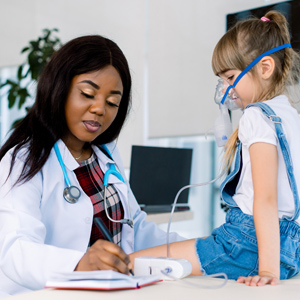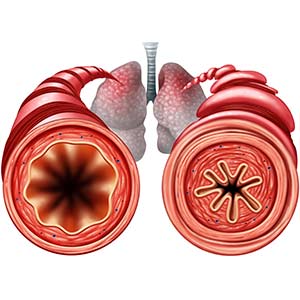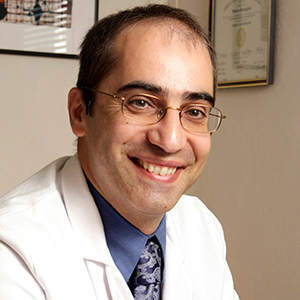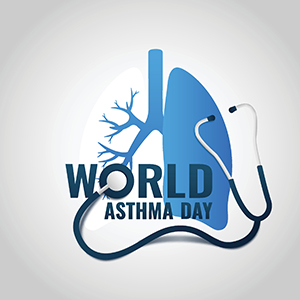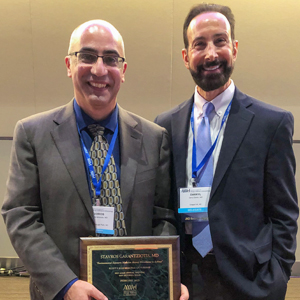The NIEHS Signal Transduction Laboratory has a new Deputy Chief — Anant Parekh, D.Phil. He arrived at the institute December 2019 and has been busy preparing his Calcium Signaling in Health and Disease Group for the research it will perform. Parekh’s team will study how abnormal calcium signals may contribute to human diseases such as allergies and asthma.
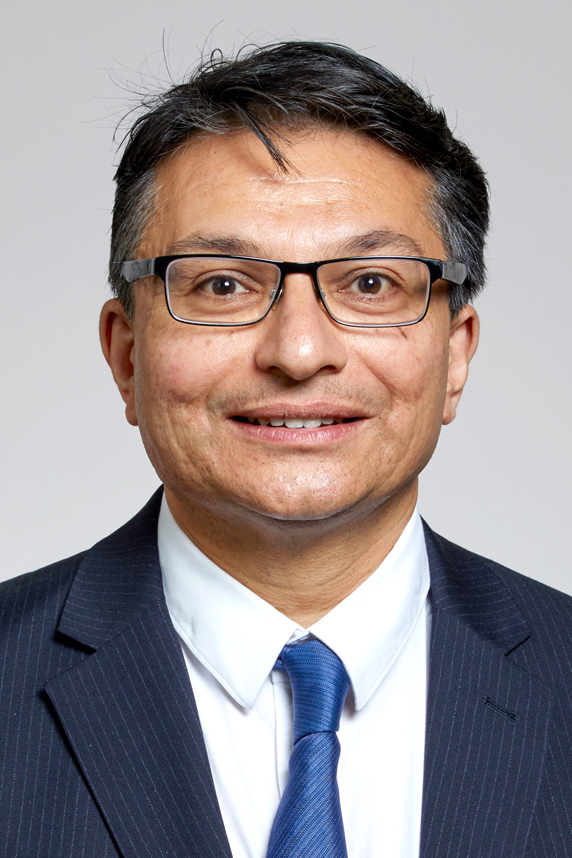 Before joining NIEHS, Parekh won the Wellcome Prize in Physiology and the GL Brown Prize in Physiology for his signal transduction research. (Photo courtesy of the Royal Society)
Before joining NIEHS, Parekh won the Wellcome Prize in Physiology and the GL Brown Prize in Physiology for his signal transduction research. (Photo courtesy of the Royal Society)Regulating cell function
Parekh explained that calcium is generally known to be a key component of bones and teeth, but it also has a fundamental role inside cells as a universal regulator of cell function. The calcium ion activates many cellular responses, including fertilization, neurotransmitter release, muscle contraction, energy production, cell growth, and cell death.
He and his staff plan to use various cell model systems and human tissue to study what are known as store-operated calcium channel proteins, which open calcium channels. Once opened, calcium enters the cell and triggers important physiological responses.
'Too much or too little calcium entry through these channels can lead to disease and tissue damage,' Parekh said. 'We are also interested in developing drugs that target these calcium channels for therapeutic use.'
Calcium channels and allergens
Previously, Parekh demonstrated that store-operated calcium channels were central to immune cell activation by specific allergens from the house dust mite. In addition, he and others have found that various environmental allergens and pollutants tap into the same pathway.
Because drugs that target the calcium channel show efficacy in various animal models of asthma, Parekh suggests that using these compounds to control the channel could be an effective means to reduce the severity of air-borne allergens and pollutants that damage the lungs.
'His research on defining the fundamentals of calcium signaling mechanisms will drive us toward therapeutic outcomes,' said NIEHS Staff Scientist Gary Bird, Ph.D., who is a member of Parekh’s group.
Changing plans
As a youngster growing up in the U.K., Parekh enjoyed mathematics and physics, but he also liked English literature and studying Greek and Latin. But when he reached high school, he had to choose between the sciences and the humanities, because studying both would have pulled him in opposite directions educationally. On the suggestion of an advisor, he focused on the sciences. After graduation, he entered medical school at Oxford University.
There, he took a physiology class and was hooked. Parekh said he was fascinated by the underlying mechanisms and how different biological systems communicated with one another. Rather than doing his clinical rotations after finishing his medical coursework, he earned a doctorate in smooth muscle physiology at Oxford.
With his D.Phil. in hand, he initially planned to return to medicine and complete his M.D., but his supervisor insisted he do a postdoctoral fellowship with Erwin Neher, Ph.D., at the Max Planck Institute for Biophysical Chemistry in Goettingen, Germany.
Shortly before Parekh joined the group, Neher was named a co-recipient of the 1991 Nobel Prize for Physiology or Medicine, along with Bert Sakmann, M.D., D.Phil. Neher and Sakmann demonstrated the existence of ion channels with their invention of the patch-clamp technique. Parekh spent five years there.
'Almost on a weekly basis, we would find something new,' Parekh said. 'It was at that point I committed to pursuing a scientific research career.'
Calling NIEHS home
During his job interview with NIEHS, Parekh was struck by the collaborative nature, collegiality, and interdisciplinary approach of the scientists he met. He also said the institute’s core facilities were a major attraction for him. Parekh is ready to start addressing his scientific questions.
'We welcome the arrival of Dr. Anant Parekh, an extraordinary medical scientist with international recognition in the field of calcium signaling,' said John Cidlowski, Ph.D., chief of the NIEHS Signal Transduction Laboratory. 'His research program brings new vistas to the environmental health studies conducted at NIEHS.'





